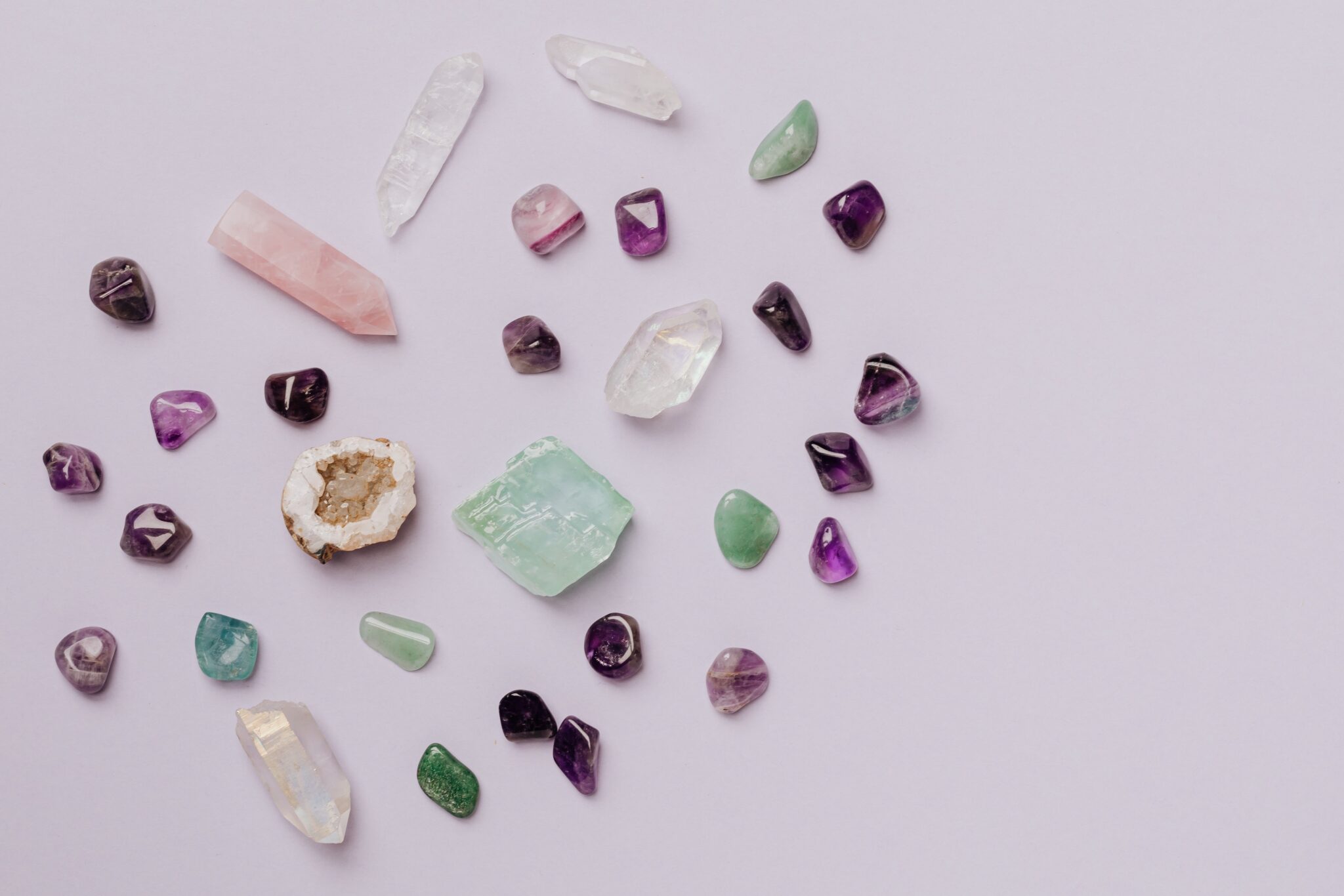Menstrual Disorders Gone Thanks to Chinese Medicine

Background
One of the most common menstrual disorders in women who are in their 30’s and 40’s is prolonged, heavy bleeding, which often comes accompanied by cramping and large clots. These symptoms can occur as part of perimenopause, which begins around age 35 causing an uneven rise and fall of estrogen in the body. In my Chinese Medicine practice in particular, this not an uncommon condition.
Women often notice a change in the length of their menstrual cycles during this time. Other symptoms of perimenopause can include hot flashes, night sweats, difficulty sleeping, vaginal dryness, mood changes, difficulty getting pregnant, or an increase in LDL cholesterol levels.
Regardless of the underlying cause, conventional medicine treats consistently heavy periods by surgically removing the uterus and ovaries (a complete hysterectomy). However, hysterectomy is not always the best solution for all women. A woman may want to achieve pregnancy in the future or simply doesn’t want to go through an invasive surgery.
Thankfully, Chinese Medicine can be a safe, effective solution for treating this problem in a relatively short period of time. Chinese Medicine treatments for heavy periods can include herbal medicine, acupuncture, moxibustion, and dietary therapy.
Jenny
Jenny, a 37-year-old female attorney, scheduled her first appointment with me seeking help for chronic stress and low back pain. During her visit, she mentioned she was also experiencing menstrual cramps and had been bleeding for over two weeks. Although this was the first time she had bled for longer than ten days, she had noticed that her periods had been gradually getting heavier, longer, and more painful over the past several months.
I needed to determine the underlying cause of Jenny’s condition to figure out an appropriate herbal formula. To accomplish this, I used a diagnostic technique common to Chinese Medicine that involves looking at the patient’s tongue and palpating the patient’s radial arteries. Jenny’s tongue appeared pale and puffy, with a white coating. Her pulse at the radial arteries felt choppy.
Jenny also reported having dark-colored menstrual blood with large clots. She said putting a heating pad on her abdomen seemed to help somewhat with the pain. The Chinese Medicine syndrome diagnosis of Jenny’s menstrual disorders is Blood Stasis Accumulating in the Lower Jiao.
I prescribed an herbal formula that invigorates the blood, promotes the movement of Qi, alleviates pain, dispels blood stasis, and regulates menstruation. The name of the formula is Shao Fu Zhu Yu Tang, and it includes several different herbs such as corydalis for pain relief, dang gui to regulate the menses, cinnamon to disperse cold, bee pollen to stop bleeding, and myrrh to dispel blood stasis.
Results
Jenny took Shao Fu Zhu Yu Tang as a water decoction. After only 3 days, the heavy bleeding had stopped. She continued to take the formula daily for 30 days. When her next menstrual cycle began, it lasted only 7 days and was considerably lighter and less painful. At this point, I prescribed the same formula in capsule form. Capsules are useful when preparing a concoction becomes too cumbersome, which was the case for Jenny’s lifestyle.
By month two, Jenny reported that her period was finally “bearable”. She also reported it was no longer interfering with her work or ability to be active. She discontinued taking the Shao Fu Zhu Yu Tang, but continued to get acupuncture once a week for health maintenance. Over time, her menstrual disorders was largely addressed through the use of Chinese Medicine.
Learn More
If you’re interested in learning more about how Chinese Medicine can help you, I offer free information, herbal remedies, and online courses at https://drjamiekoonce.com.
Jamie Koonce
DACM, L.Ac., Dipl.OM


Leave a Reply
You must be logged in to post a comment.